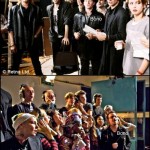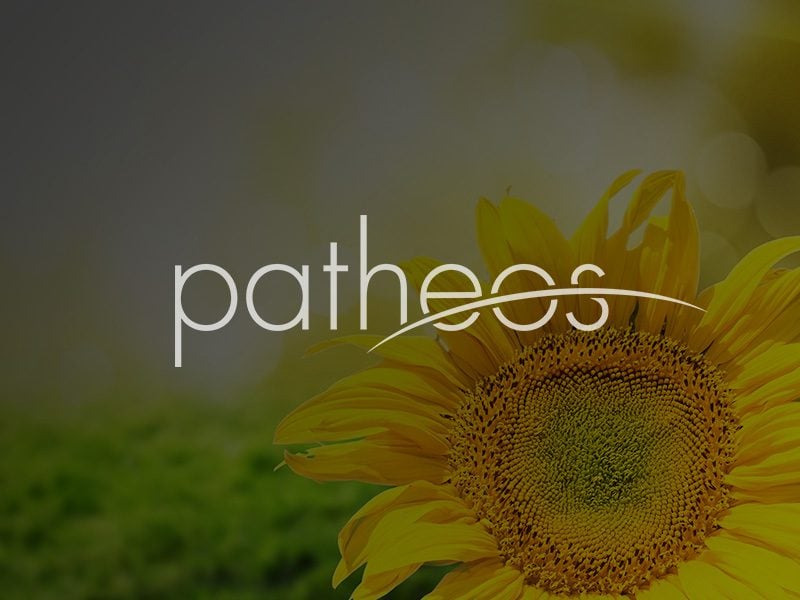Our first stopover on our journey home to California from Malawi was in Johannesburg, where the sound of FIFA vuvuzuelas filled the air almost everywhere we went in the city that is home to two of my heroes: Nelson Mandela and Archbishop Desmond Tutu. The one place we couldn’t hear the raucous enthusiasm of soccer/football/futbal! fans from around the world was at the Hector Pieterson memorial in Soweto.
Most of us probably don’t know Pieterson’s story, but it is a horribly sad and powerful moment in the history not only of South Africa and the struggle to end apartheid there, but of identity, the sacredness of all life, race relations and justice worldwide.
Our friend Peter, a Brit who lived in Malawi for a decade and now has lived in South Africa for the last several years, took us on a driving tour of Soweto, a formerly all-black township (although still almost entirely black) under Apartheid that borders the city of Johannesburg (of which it is now, post-apartheid, an official part) and the large gold mining district that abuts the city.
Soweto was the launching pad for a number of watershed moments in the struggle against apartheid, including the Soweto Uprising by students in June 1976 during which police opened fire on school children, high schoolers and other young people after, according to reports, some of the young protestors began throwing rocks at police. Hector Pieterson, only 12 years old, was shot in the back. The photograph taken of his lifeless body being carried to hospital by another student, 18-year-old Mbuyisa Makhubo, while his sister, Antoinette, ran alongside was seen around the world and spurred international condemnation. Pieterson was killed on June 16, 1976 and that day is now commemorated as Youth Day in South Africa.
As the three of us visited the memorial, I began to think about the link, over time and cultures and history, between what happened in Soweto when I was five years old and what happened in Malawi last week. I wonder whether we would ever have met Vasco if events in South Africa had unfolded differently. Would a white couple from California adopt a black boy from Malawi if apartheid hadn’t ended, if the lessons about race and reconciliation that were hard learned (and still are being learned) in Soweto, Johannesburg and elsewhere around the world hadn’t taken seed on these hardscrabble streets, in violence and chaos, with the will of children and others long ago?
We explained to Vasco as best we could what had transpired in this place long before he was born. He admires Madiba so much, even though I’m sure he doesn’t entirely grasp what apartheid was and why and how it ended and what Mandela’s role was in all of that history. My memory card in the camera maxed out before I could get a few shots of Vasco’s face when we drove across the Nelson Mandela bridge in Johannesburg. He looked up and saw Madiba’s face on the bridge supports (or whatever they’re called) and shout/whispered, “MANDELA!”











